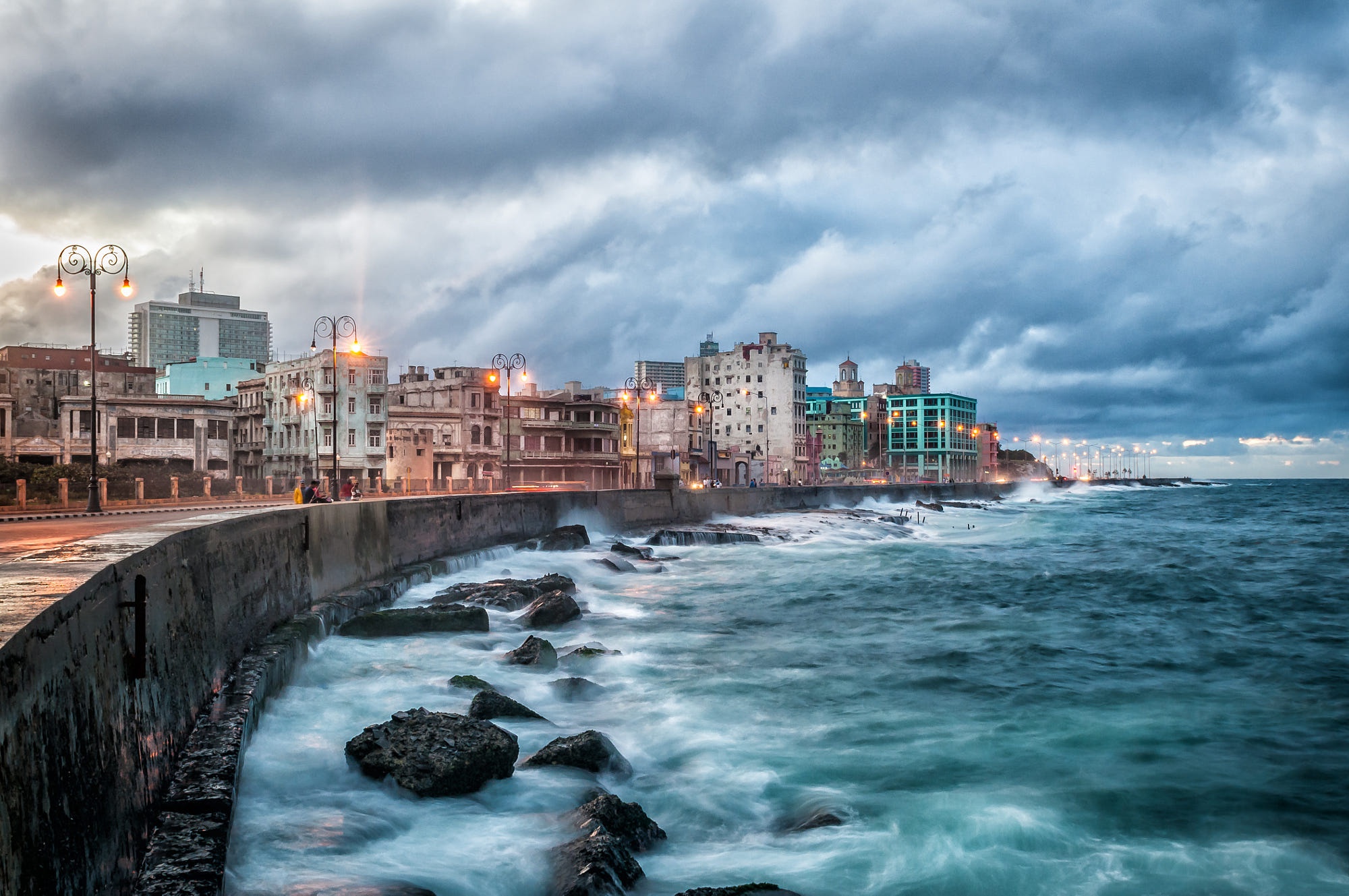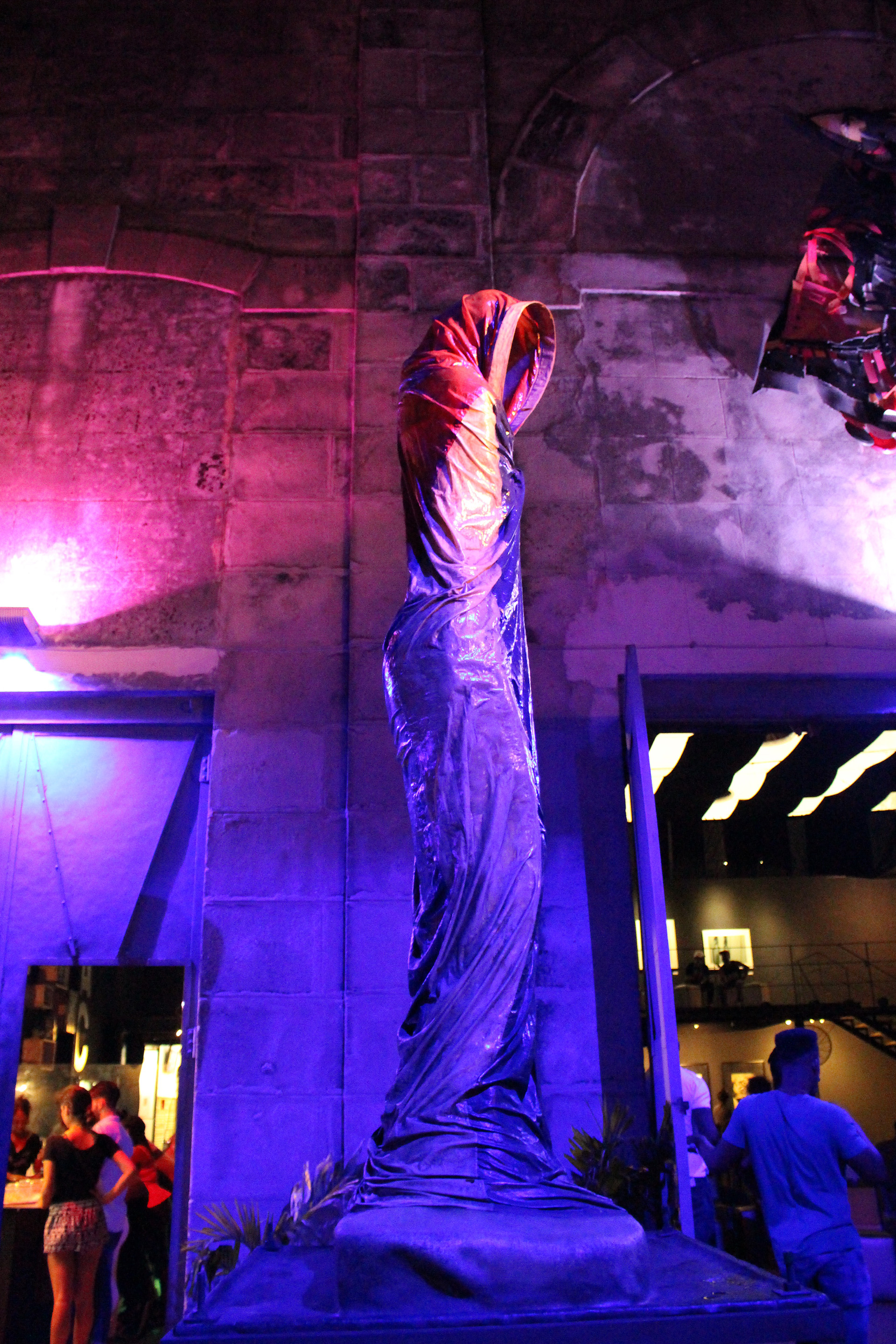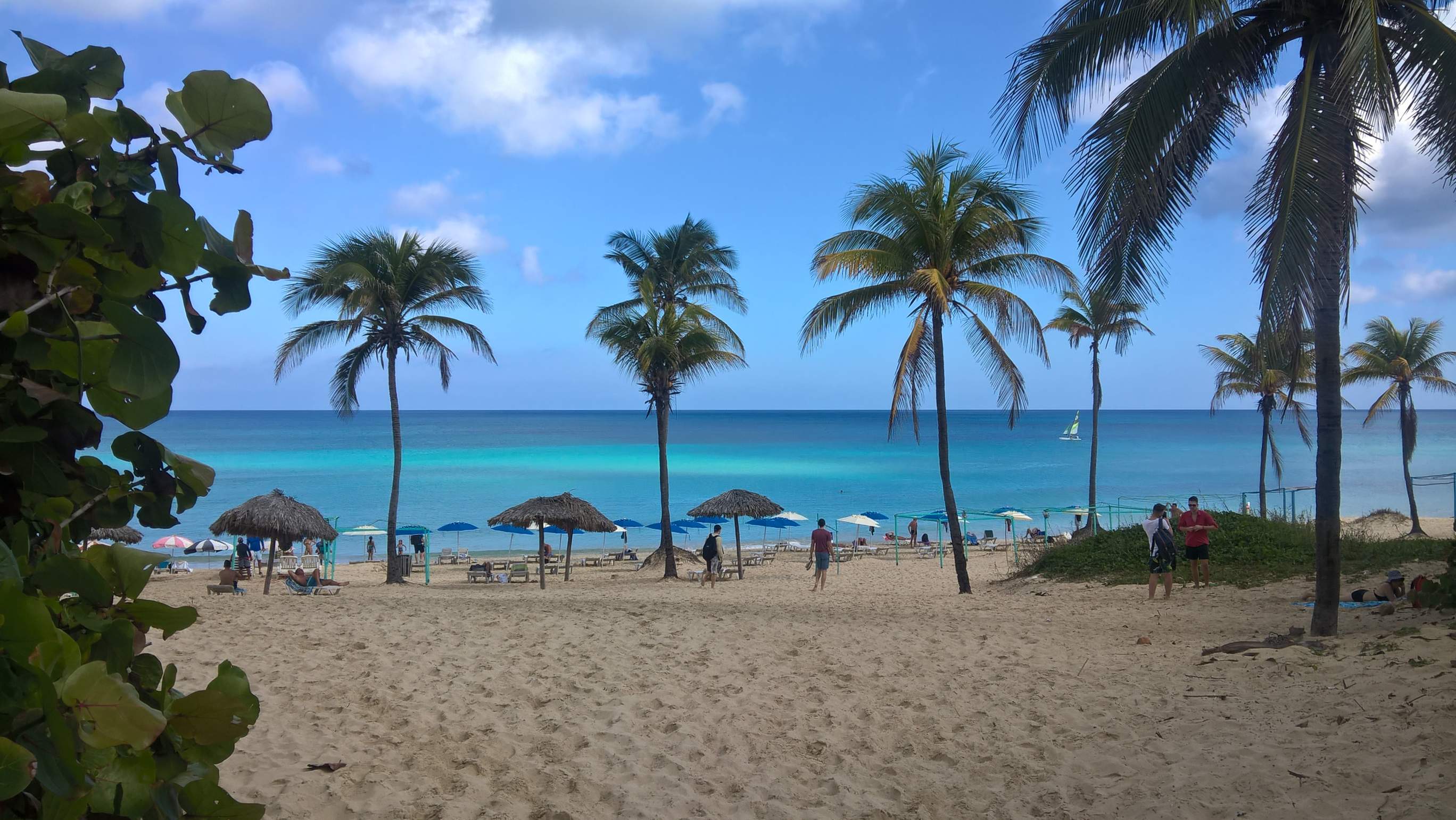Things to Do



El Malecón is one of Havana, Cuba's most iconic landmarks, serving as both a picturesque promenade and a vibrant social hub. Stretching approximately 5 kilometers (about 3 miles) along the coast, this seawall runs from Havana Harbor to the historic district of Old Havana, offering stunning views of the city's skyline.
The Malecón is not just a scenic walkway; it is a cultural hotspot where locals and visitors alike gather to enjoy the sea breeze, socialize, and partake in various activities. It's common to see families picnicking, couples strolling hand-in-hand, and friends playing music or dancing along its length. The lively atmosphere is accentuated by street vendors selling snacks and artisanal crafts, adding to the vibrant tapestry of daily life in Havana.
Historically, the Malecón has played a significant role in the city’s social and political landscape. Construction of the seawall began in the late 19th century, and over the years, it has witnessed numerous events, from celebrations to protests. The area is dotted with historical buildings and landmarks, including the impressive Castillo del Morro, which guards the entrance to Havana's harbor.
As the sun sets, the Malecón transforms into a magical place where the ocean reflects the colors of the sky. It’s a popular spot for both locals and tourists to unwind, watch the sunset, and take in the rhythm of Havana. The sound of waves crashing against the seawall often accompanies the laughter and chatter of those enjoying this beautiful space.
Overall, El Malecón is a symbol of Havana’s spirit—vibrant, resilient, and full of life. Whether you’re seeking a stroll, a place to socialize, or simply a moment to take in the beauty of the Cuban coastline, the Malecón is a must-visit destination that captures the essence of this enchanting city.

Plaza Vieja, or Old Square, is one of the most charming and historically significant squares in Havana, Cuba. Located in the heart of the city’s Old Town (Habana Vieja), this vibrant plaza is surrounded by an eclectic mix of architectural styles that reflect the rich history and cultural diversity of Havana.
Originally established in the early 16th century, Plaza Vieja served as the main square of the city and has been a central gathering place for residents and visitors alike for centuries. Over the years, it has undergone various transformations, culminating in the beautifully restored square we see today.
The architecture around Plaza Vieja is a visual feast, showcasing styles ranging from Baroque to Neoclassical, and even Art Deco. Notable buildings include the elegant Casa de los Condes de Casa Bayona, the striking Neoclassical façade of the Museo del Chocolate, and the impressive 20th-century Edificio de Artesanos, which houses local artisans and craftspeople. The square is also home to several noteworthy sculptures and fountains, adding to its charm.
At the heart of Plaza Vieja is a lively atmosphere that reflects the spirit of Havana. The square is often filled with locals and tourists enjoying the warm climate, sipping coffee at outdoor cafes, or watching street performers. It hosts various cultural events, art exhibitions, and festivals, making it a dynamic space for artistic expression and social interaction.
In recent years, efforts have been made to restore and revitalize Plaza Vieja, contributing to its status as a UNESCO World Heritage Site. The square now features modern amenities while preserving its historical character, providing a delightful blend of the old and the new.
Visitors to Plaza Vieja can enjoy the vibrant street life, explore nearby galleries and shops, and savor traditional Cuban cuisine at local restaurants. It serves as a perfect starting point for exploring the rest of Old Havana, making it a must-visit destination for anyone traveling to Cuba.
In summary, Plaza Vieja is not just a historical site but a lively cultural hub that encapsulates the essence of Havana’s rich heritage. Its blend of history, architecture, and vibrant community life makes it a key highlight in the exploration of Cuba's capital.
.jpg)
Plaza de la Catedral, or Cathedral Square, is one of the most picturesque and historically significant squares in Havana, Cuba. Located in the heart of the city’s Old Town (Habana Vieja), this charming square is renowned for its stunning architectural centerpiece, the Havana Cathedral (Catedral de la Habana), which stands majestically at one end of the plaza.
The square has its roots in the early colonial period of Havana, dating back to the 16th century. Over the years, it has served various purposes, evolving from a simple gathering place to a vibrant cultural and social hub. The plaza has witnessed significant historical events and continues to be a focal point for both locals and tourists.
The most striking feature of Plaza de la Catedral is the Havana Cathedral, a baroque masterpiece completed in the 18th century. The cathedral is characterized by its two distinctive bell towers and an ornate façade that features intricate details and sculptures. The interior of the cathedral is equally impressive, with beautiful altars and a tranquil atmosphere that invites contemplation.
Surrounding the square are several notable buildings that showcase a mix of architectural styles, including colonial and neoclassical influences. The Casa del Arte, which often hosts art exhibitions, and the interesting Casa de la Obra Pía, known for its historical significance and unique design, add to the square's charm.
Plaza de la Catedral is a lively gathering place, often bustling with activity. It is surrounded by cafes, restaurants, and shops where visitors can enjoy traditional Cuban cuisine and local crafts. The square is also a popular venue for cultural events, performances, and festivals, reflecting the vibrant artistic spirit of Havana.
The plaza is often filled with street musicians, dancers, and artists, creating a lively atmosphere that captures the essence of Cuban culture. Visitors can often see locals mingling, enjoying the outdoor spaces, and engaging in the rich social life that characterizes Havana.
As part of the larger historic area of Old Havana, Plaza de la Catedral is recognized as a UNESCO World Heritage Site. This designation underscores the importance of preserving the architectural and cultural heritage of the area, ensuring that future generations can appreciate its beauty and history.
Plaza de la Catedral is more than just a beautiful square; it is a vibrant reflection of Havana's history, culture, and community life. Whether you are admiring the stunning architecture, savoring a meal at a nearby café, or simply soaking in the atmosphere, the plaza offers a unique glimpse into the heart of Havana. It remains a must-visit destination for anyone exploring the rich tapestry of Cuba’s capital.

Fábrica de Arte Cubano (FAC) is a unique cultural institution located in Havana, Cuba, that has gained significant recognition for its innovative approach to the arts. Established in 2014, this multifaceted space serves as a hub for contemporary Cuban art, music, theater, and film, fostering creativity and collaboration among artists and the community.
The Fábrica de Arte Cubano is situated in a repurposed cooking oil factory in the neighborhood of Vedado. The transformation of this industrial space into a vibrant cultural center reflects the dynamic evolution of Cuba’s artistic landscape. The initiative was spearheaded by the Cuban visual artist X Alfonso, who envisioned a space that would break down barriers between different art forms and encourage experimentation.
FAC is renowned for its eclectic programming that includes visual art exhibitions, live music performances, film screenings, theater productions, and dance shows. The venue showcases the work of both established and emerging Cuban artists, offering a platform for diverse artistic expressions. The exhibitions often feature contemporary art that challenges societal norms and provokes thought, making it a crucial space for dialogue about Cuban identity and culture.
One of the most distinctive aspects of Fábrica de Arte Cubano is its vibrant and dynamic atmosphere. The space is designed to be immersive, with various rooms and galleries that invite exploration. Visitors can wander through art installations, enjoy live performances, and even socialize in the on-site bar and restaurant, which serve Cuban cuisine and cocktails. The relaxed, open environment encourages interaction among attendees, artists, and performers, creating a sense of community.
Fábrica de Arte Cubano plays a crucial role in the contemporary Cuban cultural scene. It is a space where the boundaries between different artistic disciplines blur, allowing for collaborative projects and cross-pollination of ideas. This approach reflects the spirit of innovation and resilience that characterizes the Cuban arts, especially in light of the country’s historical and socio-political context.
The FAC has become a symbol of Cuba’s burgeoning contemporary art movement and is a must-visit destination for both locals and tourists. It attracts a diverse audience, from art enthusiasts to young people looking for vibrant nightlife, making it a cultural melting pot.
Fábrica de Arte Cubano is more than just an art space; it is a cultural phenomenon that embodies the creativity and dynamism of modern Cuba. By providing a platform for artistic expression and fostering a sense of community, FAC has become an integral part of Havana's cultural landscape. Whether you are an art lover, music enthusiast, or simply curious about Cuban culture, a visit to the Fábrica de Arte Cubano offers a rich and inspiring experience that captures the essence of contemporary Cuban creativity.

Playa del Este, also known as the Eastern Beach, is a stunning stretch of coastline located just a short distance from Havana, Cuba. This popular beach destination is renowned for its beautiful white sandy beaches, crystal-clear turquoise waters, and vibrant atmosphere, making it a favored spot for both locals and tourists seeking relaxation and recreation.
Playa del Este is situated approximately 20 kilometers (about 12 miles) east of Havana, along the northern coast of Cuba. The beach is part of a series of resorts and recreational areas that line the coast, including popular spots like Santa María del Mar, Playa Guanabo, and Playa Boca Ciega. The proximity to Havana makes Playa del Este easily accessible for day trips, making it a popular getaway for city dwellers.
The beaches of Playa del Este are characterized by their soft, fine sand and shallow, warm waters, which are ideal for swimming and sunbathing. The area is fringed with palm trees and lush vegetation, creating a picturesque tropical setting. The calm waters are perfect for families with children, and the beach often features a lively atmosphere with beachgoers enjoying various activities.
Playa del Este offers a range of activities for visitors. Water sports such as snorkeling, kayaking, and windsurfing are popular, and various rental services are available along the beach. Sun loungers and umbrellas can be rented, allowing visitors to relax comfortably while enjoying the sun.
Several beachfront restaurants and bars serve up local Cuban cuisine and refreshing cocktails, providing a taste of the island's culinary delights. As the sun sets, the beach comes alive with music and dance, creating a lively nightlife scene. Many visitors enjoy strolling along the shore or gathering around bonfires as the day winds down.
Beyond its natural beauty and recreational offerings, Playa del Este holds cultural significance for Cubans. It is a place where families and friends come together to celebrate weekends and holidays. The beach is often bustling with local music, dance, and social gatherings, reflecting the vibrant and communal spirit of Cuban culture.
Reaching Playa del Este is convenient, with several transportation options available from Havana. Public buses, taxis, and private cars can easily access the beach, making it a feasible destination for both short visits and longer stays. The area features various accommodations, ranging from hotels to private rentals, catering to different budgets and preferences.
Playa del Este is a quintessential Cuban beach destination that combines natural beauty, recreational opportunities, and cultural vibrancy. Its proximity to Havana makes it an ideal escape for those looking to experience the sun, sea, and sand of the Caribbean. Whether you are seeking relaxation, adventure, or a taste of local culture, Playa del Este offers a memorable experience that captures the essence of Cuba's coastal charm.